The Perks of Being a Wallflower
Why our wallflowers are worth your attention. A journey along 30 yards of an urban river footpath.
Have a look at that beast in the picture above. It’s Herb Robert, and now you recognise it, you’ll see it’s all over the place.
It’s just one example of the wild summer flowers we can find clinging on to our city walls and yards and unmanicured doorsteps. Gerry Firkins thinks such things are wonderful, and last week I joined him to share his enthusiasm. But first, the ‘why not subscribe to keep these posts coming?’ request:
Herb Robert
The seed pod of a Herb Robert is almost an inch long, and was said to look like a crane’s long beak when the family of this small wall flower was titled ‘cranesbills’ by botanists. Its traditional English name, Herb Robert, is associated with the wood fairy, Robin Goodfellow, also known as Puck from A Midsummer Night’s Dream. Damaging the Herb Robert might bring the wrath of the wood fairies to your household, so be warned.
Gerry Firkins explains how the plant splits along a fault line in the seed casing when it’s ready for setting seed, and then explodes tiny seeds sometimes many feet away.
“It’s dehiscent,” he says, one of those little known scientific words describing a natural phenomenon people like you and me might find incredible. The seed casing has evolved to split at exactly the right place and moment to unleash a spring within the pod to throw the tiny seeds several feet away, so the plant can find a new spot to start growing again, often another crack in the same wall or rock face.
Gerry is an urban plant expert, and works with the Groves Nature Watch Project between Broomhill and Ecclesall Road. I meet him, and fellow botanist Roger Butterfield from Sorby Natural History Society, on Stalker Walk, a busy track between the General Cemetery and the River Porter which runs a few hundred yards from the city centre towards Ecclesall Road.
They’re going to try and explain how so many colourful and surprising plants are growing out of tiny cracks and holes in Sheffield’s stone walls.
We’ll take a look here and see what we can find, says Gerry, knowing full well hundreds of people like me travel along the same path every day hardly noticing anything.
Ivy
You can’t miss the ivy, cascading all the way down the river wall. There are several species here, hence the uncapitalised name, but they all seem pretty succesful and vigorous. Some may have found their way through from the cemetery on the other side, says Gerry.
Ivy roots in walls and cracks in trees, but generally only uses the structure as support, not actually sucking the life out of any tree it wraps up in its foliage, although its weight can cause damage in high winds, for example. The leaves and roots provide homes for all kinds of insects, and birds like Goldcrests.
And ivy has found a handy way to spread, Roger Butterfield explains.
“It flowers in autumn, and fruits in early spring,” he says. So it gets the attention of insect pollinators when there are few other flowers about, and attracts birds to eat its berries and spread its seeds when they have little other food. “It’s kind of cornered the market in seed dispersal,” Roger says.
We move along Stalker Walk and consider the mortar in the wall, as you do. It is many different shades of grey, and every now and then, bright blue. Patches were painted to mark the special plants growing there, Gerry explains, so the recent wall work would avoid them. Here’s a polypody, he says, admitting he’s not sure of the exact species, but it’s a fairly rare kind of fern.
Roger says some old mortar contained fragments of sea shells, which can help salt tolerant plants to take hold. And as the black mortar from the city’s industrial and coal fired pollution of fifty or more years ago crumbles away, it may give other species the chance to colonise. The fern family of spleenworts, for example.
Black Spleenwort
Gerry is excited about Black Spleenwort, not just because it sounds like a character from Harry Potter. It was very much a rarity 20-30 years ago, but it’s now springing up all over the place. (We later visit a garden wall near the Tesco goods yard where it’s sprouting out in abundance.)
Could our cleaner air be helping the Black Spleenwort thrive? Or since it seems to like warmer or south facing walls, could it be more heat tolerant? Questions still to be answered as the Black Spleenwort gradually colonises the city.
You often find different wall flowers in different parts of Sheffield, say the botanists. Wall types and mortars vary, and seeds may get blown or carried in along the valleys from different sources.
Roger finds a tiny Yew tree growing from less than an inch of soil, probably left there after a bird ate a berry from the cemetery above. And Gerry spots the Rat’s Tail Fescue grass, which has been following commuters out of the city along Stalker Walk, its seeds possibly caught on their coat tails on their way home.
Garden plants from rocky orgins also find homes here, like Trailing Bellflowers, and the Yellow Corydalis you see at the front of thousands of city terraces.
The Wall Lettuce is doing well, sprouting out from walls on both sides. Its tiny seeds are on parachutes like Dandelions, and blow along the breeze to take hold in a patch of soil further along the river.
Gerry explains it’s part of the lettuce family, but nothing like the lettuces we eat. But is it edible? Gerry bites into a leaf, then spits it out again. “A bit bitter,” he says.
We look a bit closer at the crumbling mortar and the holes left behind. Mosses are moving in, and Harlequin Ladybirds, and spiders webs. And then old leaves catch and crumble and start to form soil where all these wall flowers can take hold.
Ivy-leaved Toadflax
Is rather beautiful, and also rather incredible in the way it goes about procreation. (David Attenborough nicked the story, laughs Gerry, only a little testily, for the Green Planet BBC series a few years ago.)
Gerry has been telling people about the cunning plan of the Ivy-leaved Toadflax for years on his botany tours. (He also leads ‘Gutter Walks’, where you can find all kinds of things making their homes on the edges of city roadways. 31 species on the recently pedestianised Ball Street Bridge, he says.)
“Ivy-leaved Toadflax grows towards the light until it gets pollinated, then it grows back towards the dark until it gets to a crevice in the wall, or rock cliff,” Gerry explains. It then sets seed in the dark crevice discovered by its well-honed evolutionary instincts. Can plants have instincts? Let’s not get carried away.
There is so much to see. We realise we’ve been here for over an hour and probably travelled little more than twenty or thirty yards.
By the tiny footbridge there’s profusion on both sides of the path, so I ask Gerry and Roger how many different plants are growing in the 10 metres downstream from the bridge, and they set to work.
They find ladybirds and beetles and plants that might attract the amazing Sheffield newcomer, the Hummingbird Hawkmoth. They find grasses, and tiny trees and many of the plants mentioned here. 21 plant species in 10 metres, they announce, excluding mosses, and lichens.
“The closer you look, the more you discover,” says Gerry. We wander back towards the cemetery gates, and he stops and exclaims, emphasising the point. “Look. A fig!”
Common Fig
There’s a 70 year old fig forest on the banks of the lower Don, grown after the warm waters of the steel works allowed fig seeds to germinate. The seeds arrived from sewage outflows from fig roll biscuits eaten by workers long ago.
But here, just below the cemetery, is a new young fig bush growing just above the river.
It’ll be the same story, probably, says Gerry. People higher up the Porter still eat fig rolls, he surmises, and the sewage leaks are still happening quite regularly.
But now, it seems, the River Porter might not need steel factories to become warm enough for fig seeds to germinate.
Gerry and Roger recommend two different schemes, with free apps you can use to record urban plants (and other flora and fauna) as part of the growing nationwide citizen science movement, with thousands of users recording how the natural world is responding to changing cities in a changing climate : iNaturalist and iRecord.
“Ecology doesn’t stop at green spaces and nature reserves,” says Roger. “It’s happening everywhere.” Looking at the urban plantlife around you, and how it develops week by week, means there’s something to discover every time you step out the door, says Gerry.
Roger picks out another Harlequin Ladybird, creeping among the ivy and decaying leaves and snail trails.
“This is a whole community of plants and animals. It’s not just a wall.”
Thanks for reading. And thanks to the 90+ of you who’ve become full subscribers already. If you’ve been before, remember our new slogan to explain how regular readers can make It’s Looking A Bit Black Over Bill’s Mother’s sustainable:
F.F.S! That is, Forward to Friends, and Subscribe! (Secure Subcribe button just there below).
A reminder about the totally free and very simple Substack app to make your reading easier and unclog your email inbox. It gathers all the posts from It’s Looking A Bit Black Over Bill’s Mother’s together, along with the Sheffield Tribune and any other Substacks you follow. There is no catch, honest. And please remember, your susbcriptions make these posts possible.

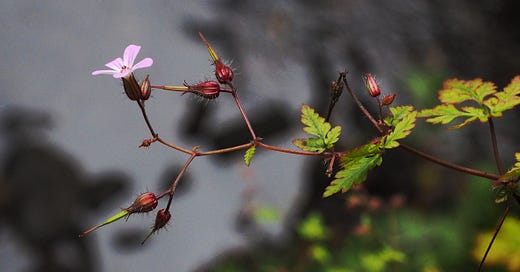

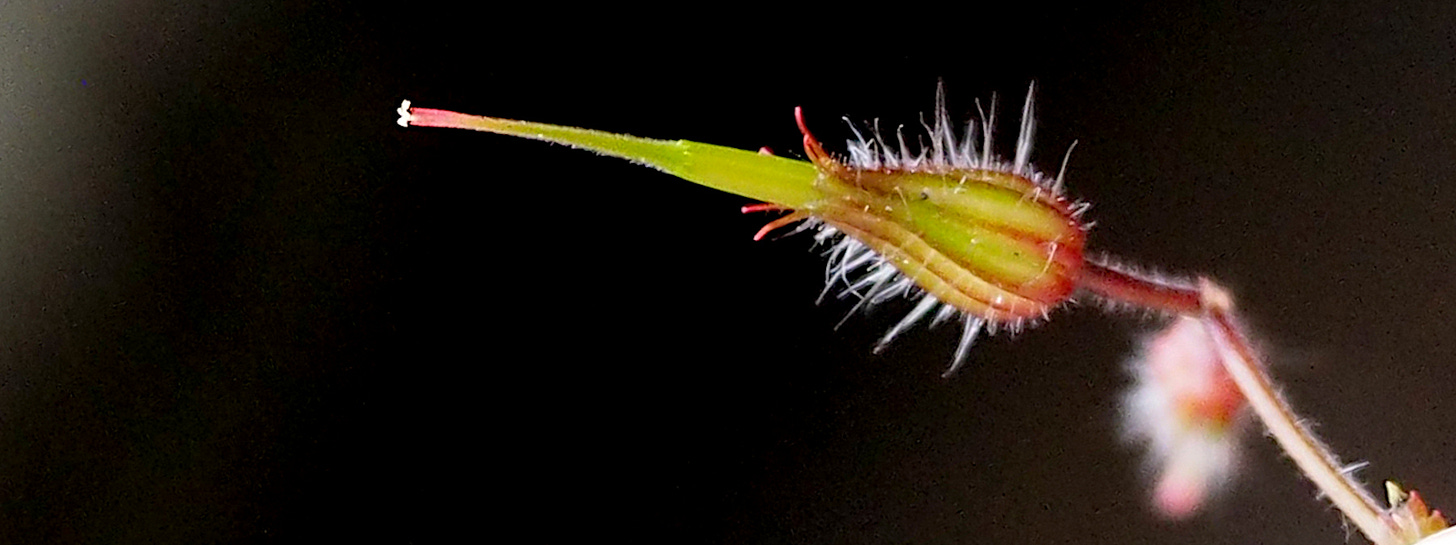

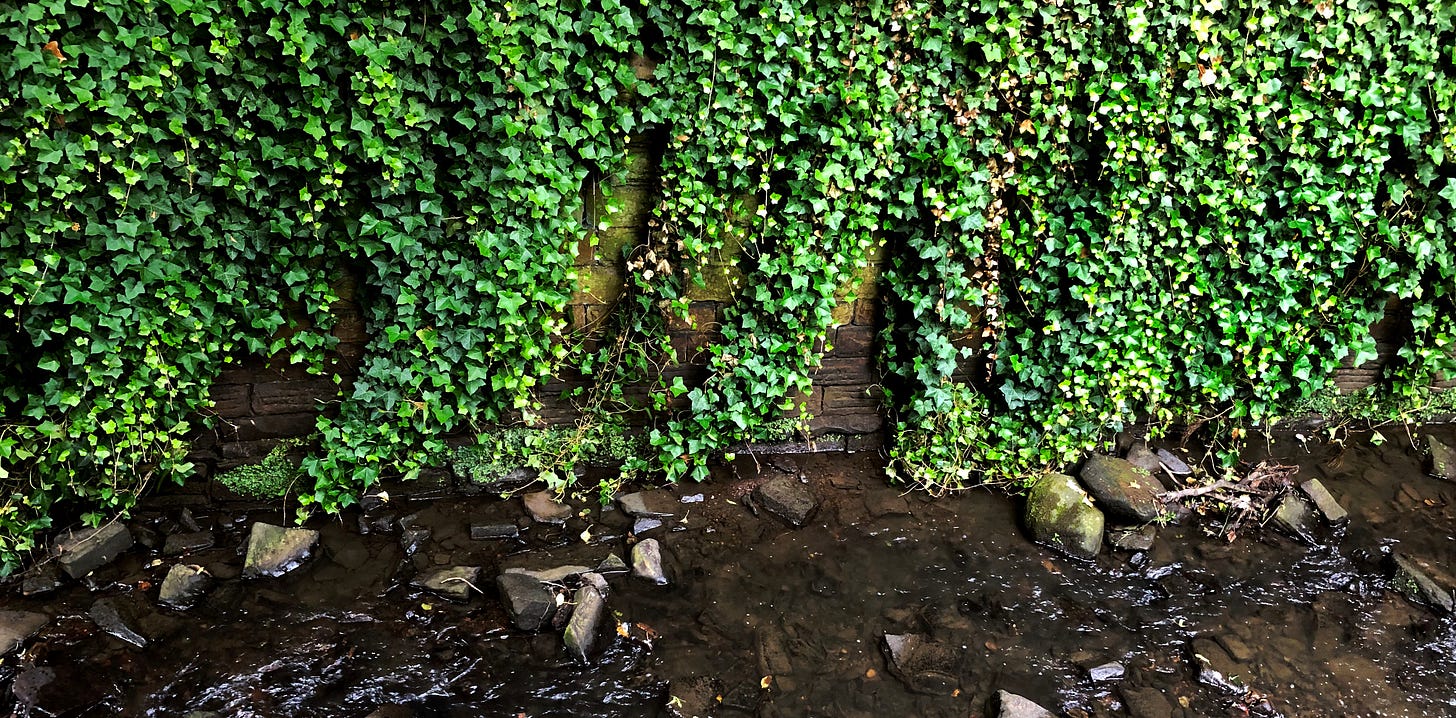
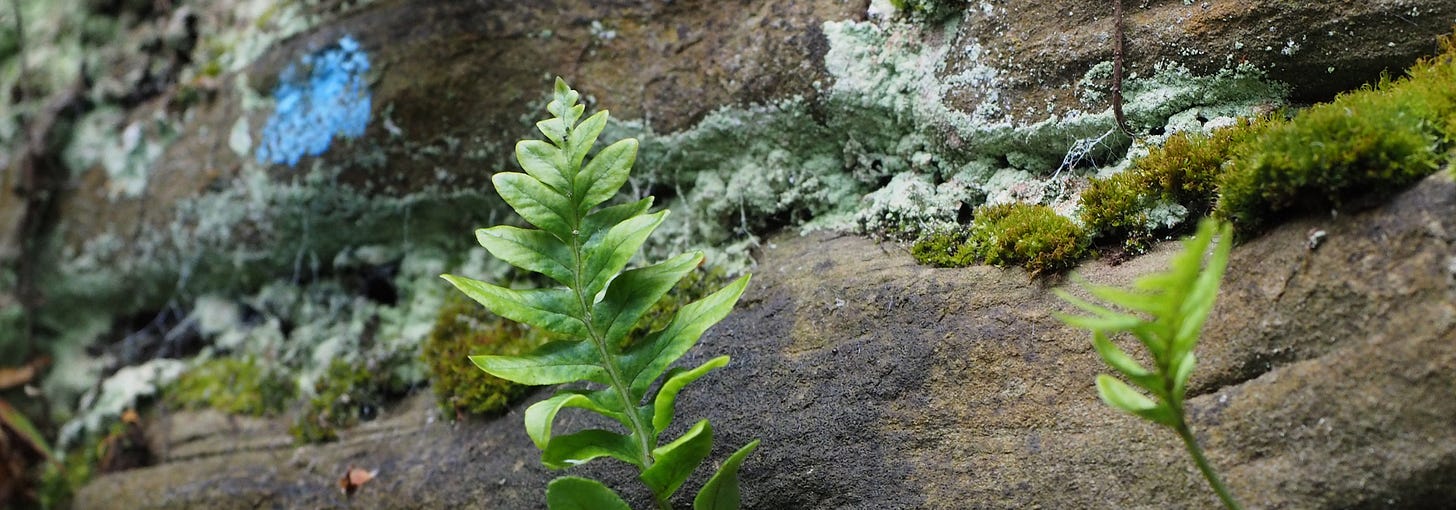
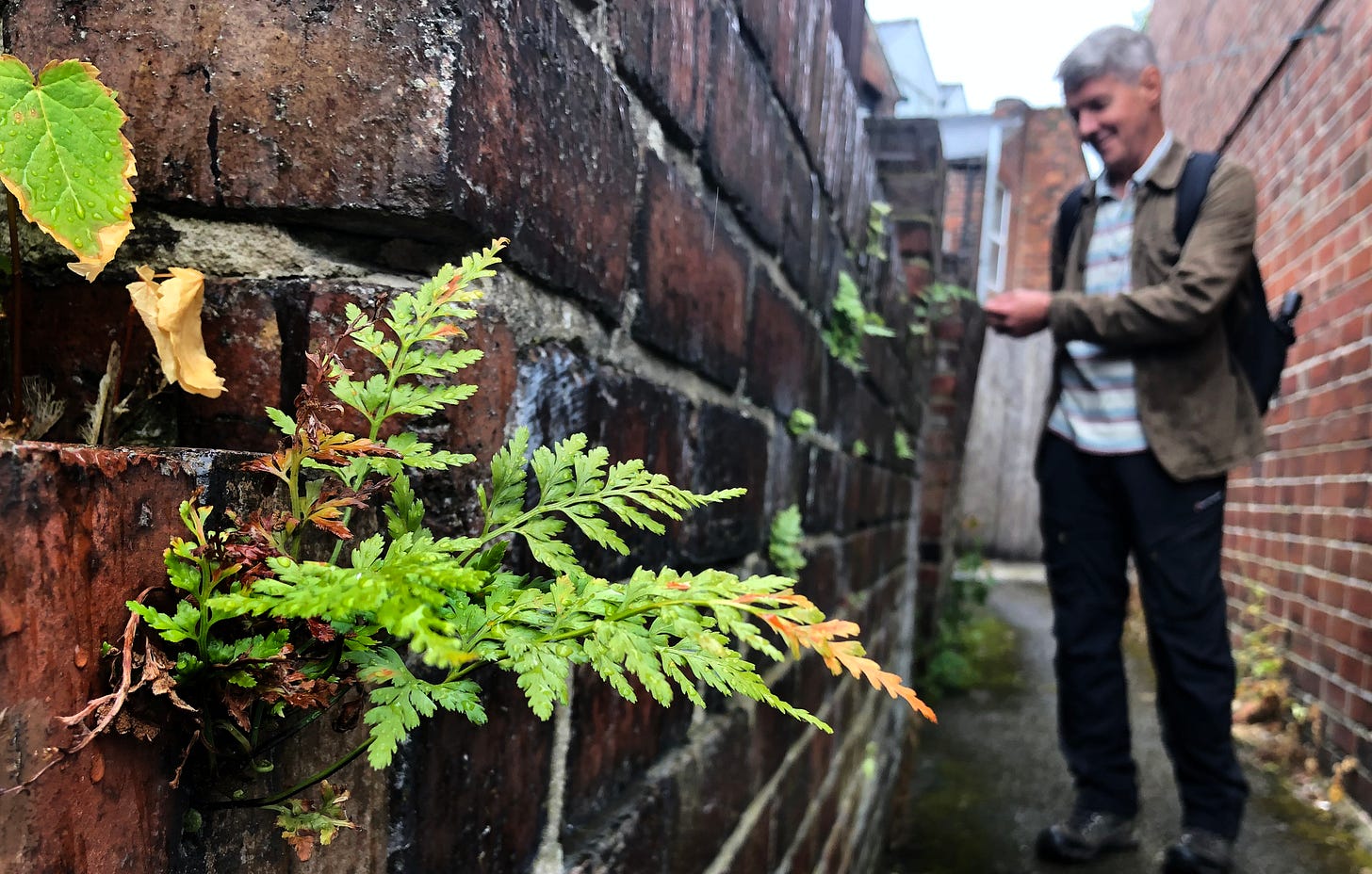
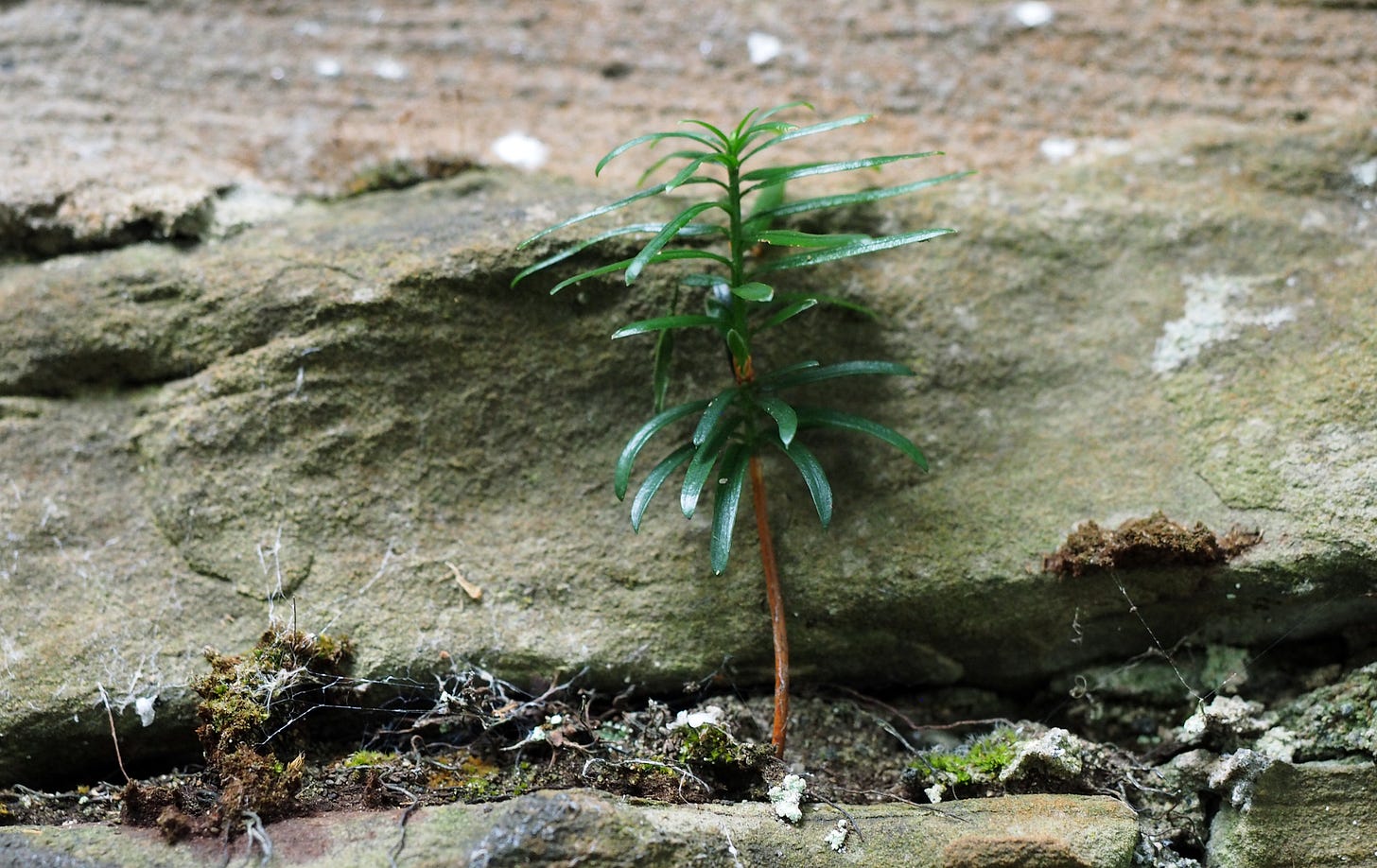
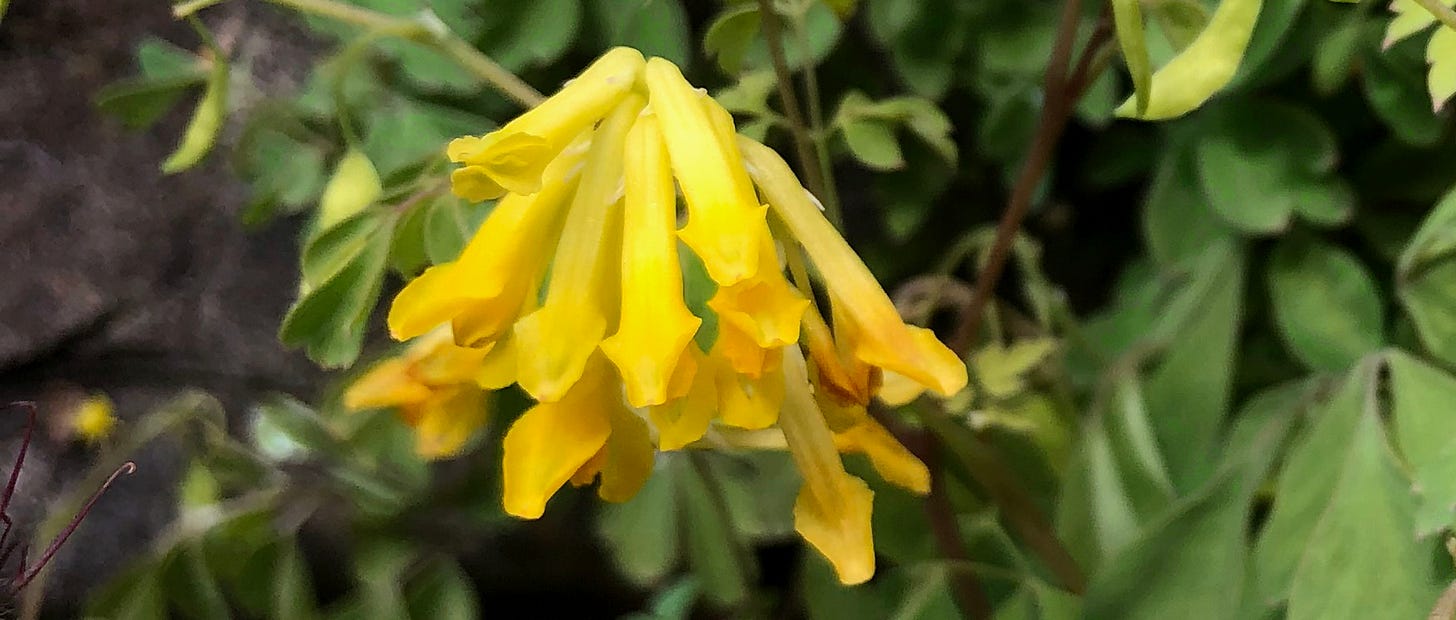
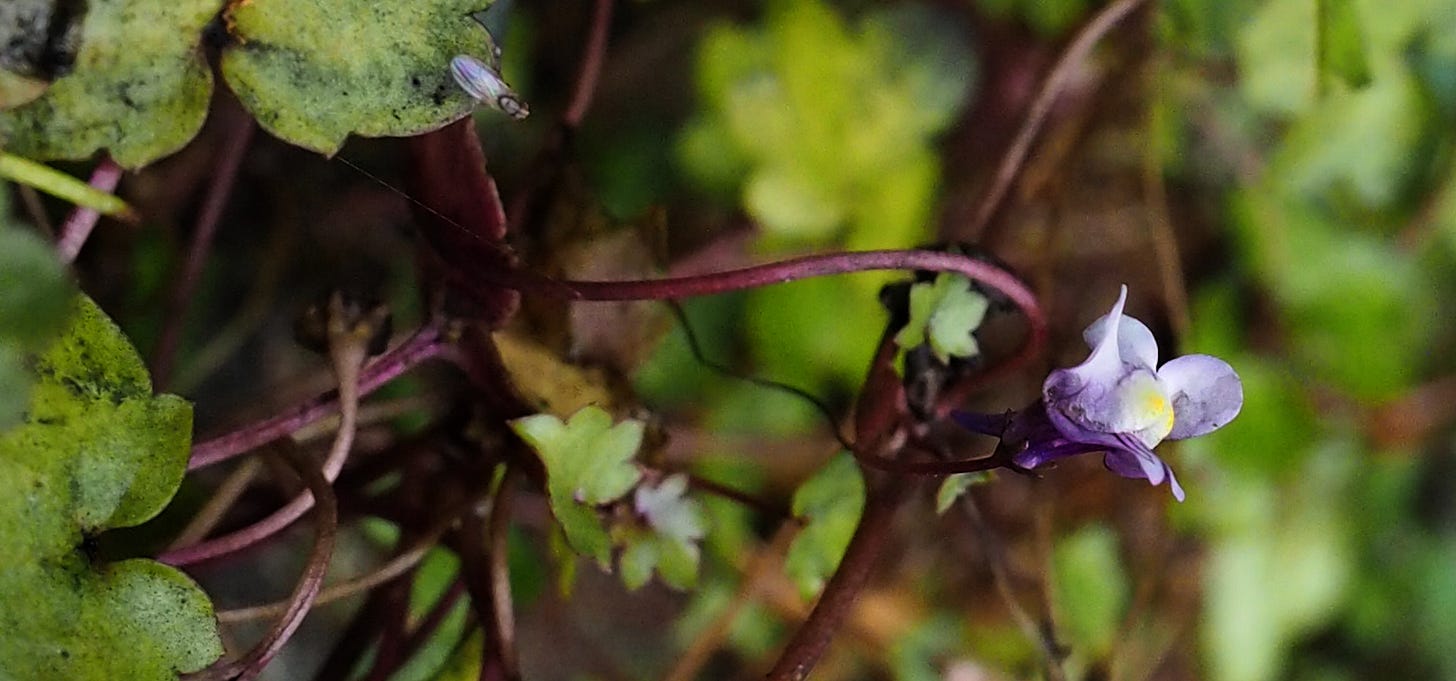
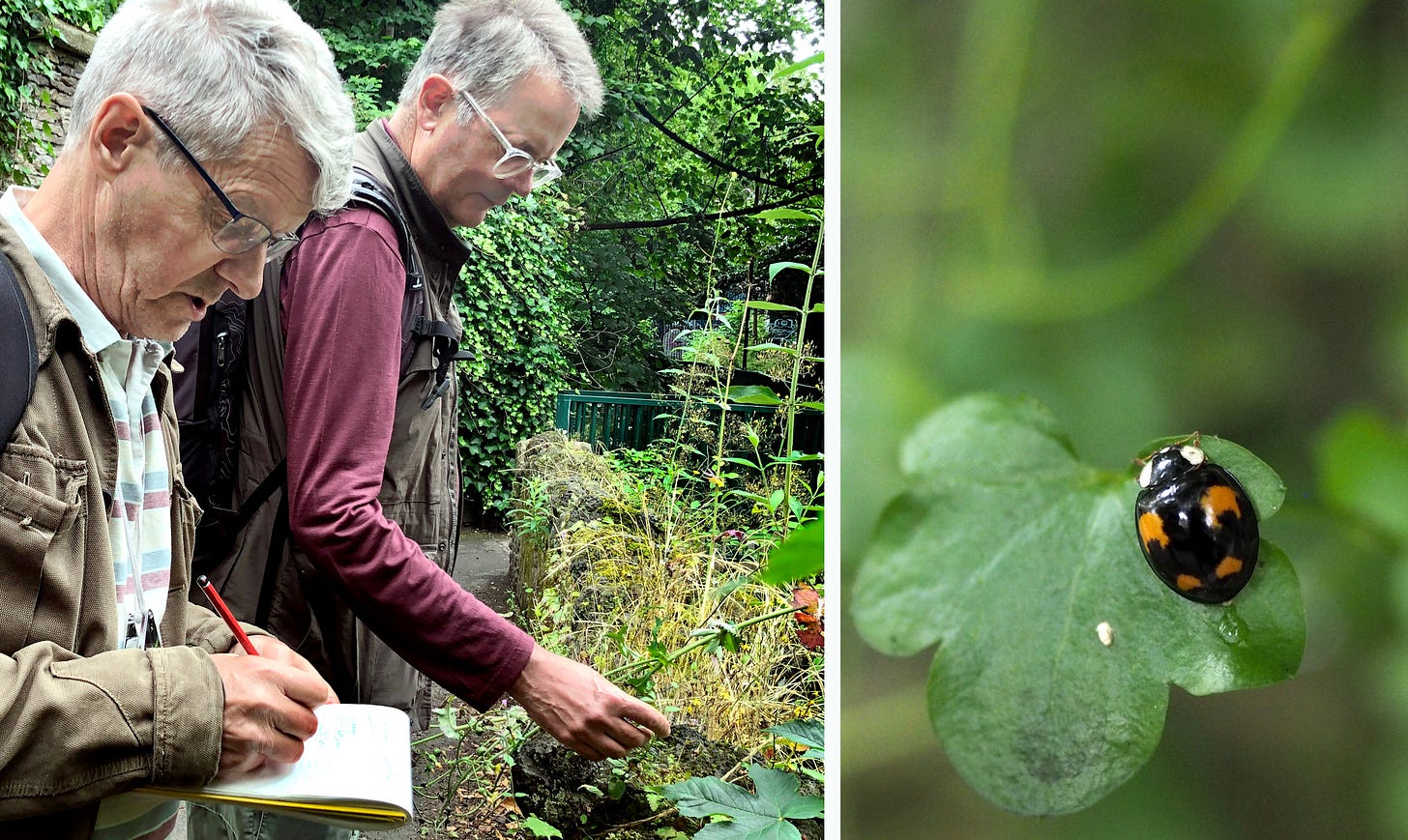
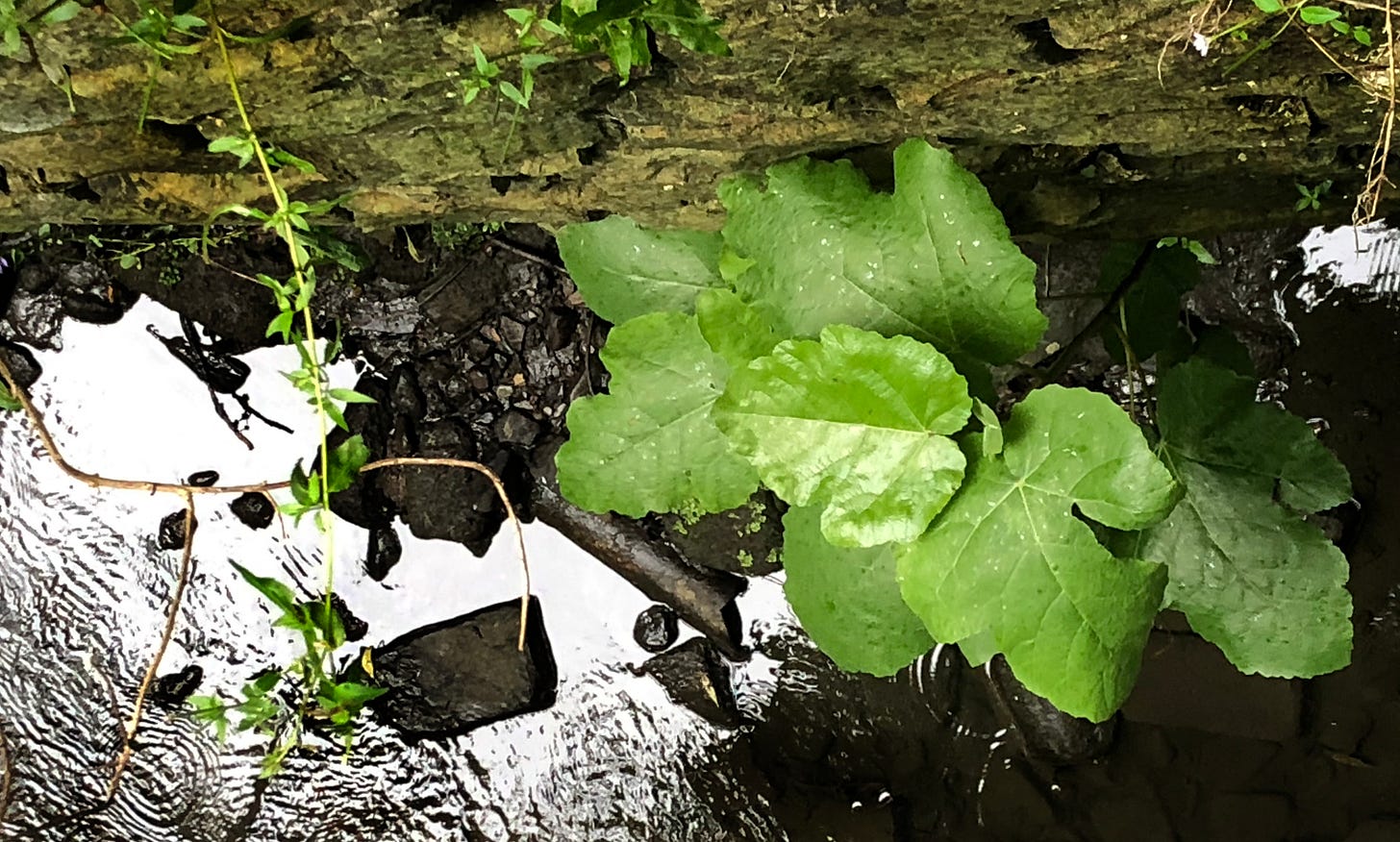
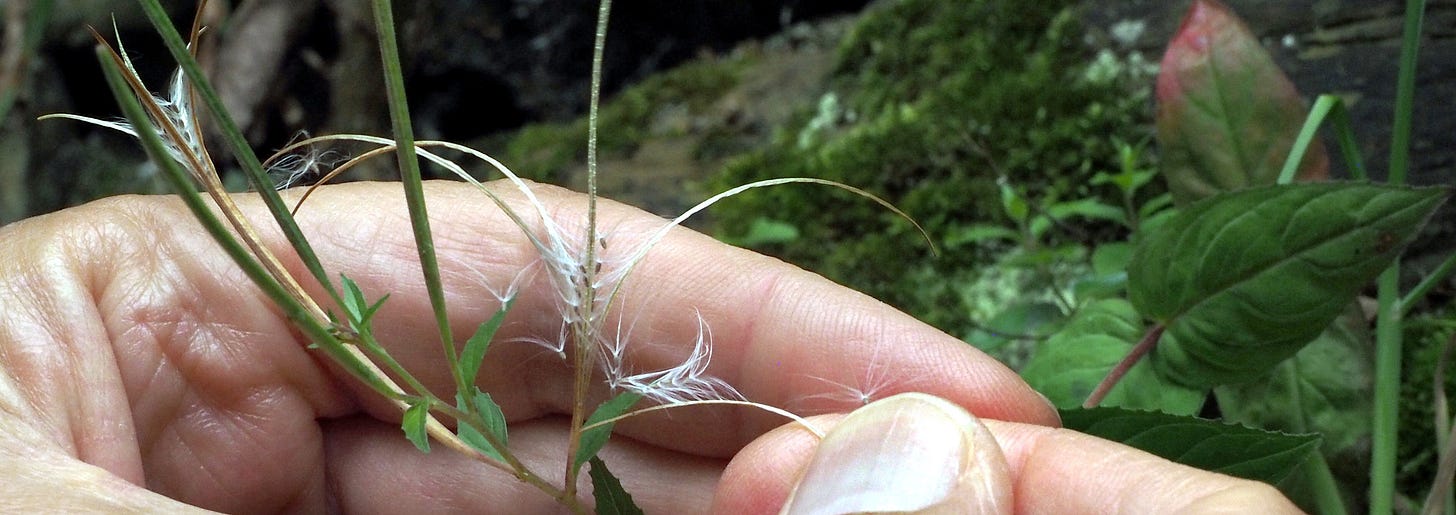
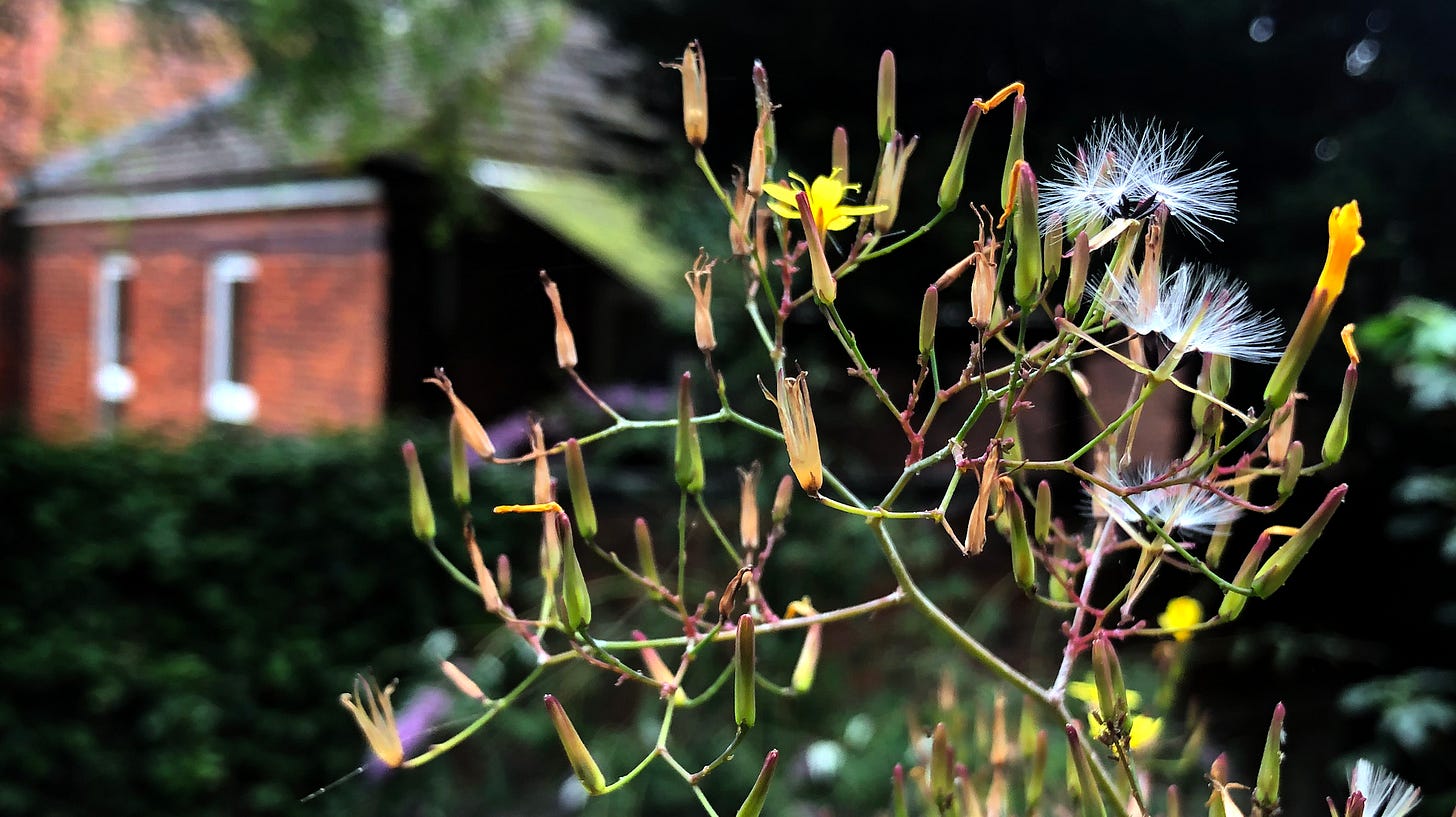
Sunday 23 Jul. Sheffield Conservation Volunteers work at The General Cemetery https://www.sheffieldconservation.org/activity_dates Free
Great article about what's on our doorstep. I had to get the plant book out to identify maidenhair spleenwort which is another resident of Sheffield walks and elsewhere. Lot's to see if you take the time to look.